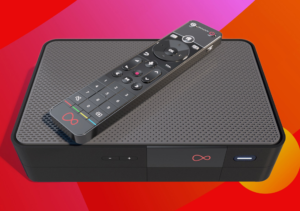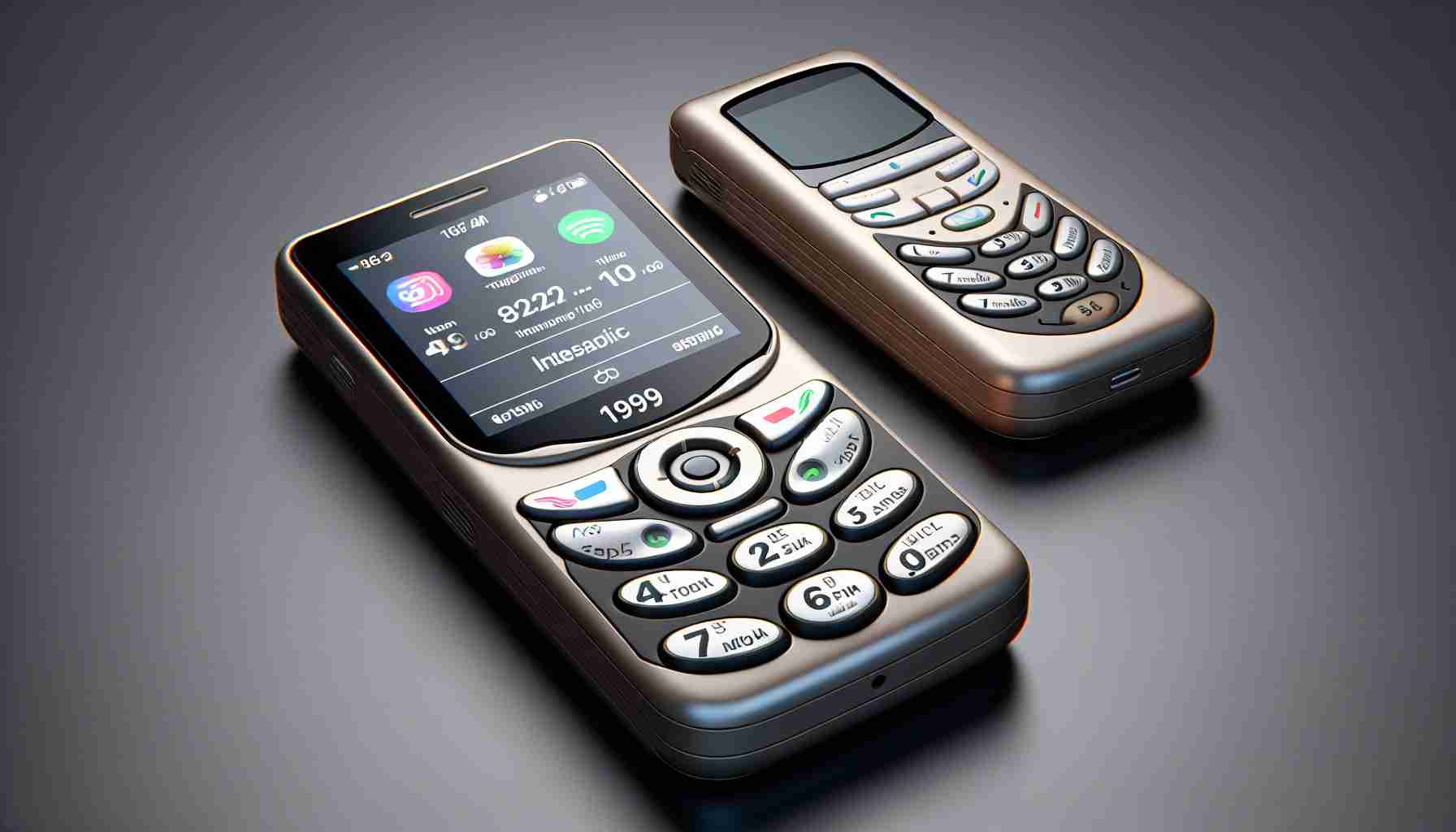In an age dominated by smartphones, it’s surprising to see a growing demand for what we once called dumbphones. These are simple, straightforward mobile devices that primarily focus on making calls and sending texts. Despite the prevalence of advanced technology, the desire for dumbphones is surging. But why are these basic phones so hard to find? Let’s dive into the world of dumbphones and explore the reasons behind their resurgence and scarcity.
Table of Contents
What Are Dumbphones?
Dumbphones, also known as feature phones, are mobile devices with limited capabilities compared to modern smartphones. They typically lack internet access, advanced applications, and high-resolution cameras. These phones focus on core functionalities like voice calls, text messaging, and basic multimedia features.
The Appeal of Simplicity
- Digital Detox
In our hyperconnected world, many people are seeking ways to disconnect and simplify their lives. Dumbphones offer a respite from the constant barrage of notifications and social media updates. They provide an opportunity for a digital detox, helping users reduce screen time and focus on the present moment.
- Enhanced Privacy
Smartphones collect vast amounts of data, raising concerns about privacy and security. Dumbphones, with their limited connectivity and features, offer enhanced privacy. Users can avoid being tracked or monitored by apps and services, ensuring a greater sense of security.
Who Wants Dumbphones?
- Minimalists
Minimalists are individuals who seek to live with fewer possessions and distractions. Dumbphones align perfectly with their lifestyle, providing essential communication tools without the added clutter of apps and internet connectivity.
- Parents and Children
Parents often seek simpler phones for their children to minimize exposure to online dangers and distractions. Dumbphones provide a safe and controlled way for kids to stay in touch without the risks associated with smartphones.
- Elderly Users
The elderly often prefer dumbphones for their straightforward functionality and ease of use. The large buttons, clear displays, and simplified interfaces cater to seniors who may find smartphones overly complicated.
The Challenges of Finding Dumbphones
- Limited Production
The market for dumbphones is relatively small compared to smartphones. As a result, manufacturers produce them in limited quantities. This scarcity makes it difficult for consumers to find and purchase these devices.
- Niche Demand
While the demand for dumbphones is growing, it remains a niche market. Most major phone manufacturers focus on producing high-end smartphones, leaving fewer resources dedicated to developing and marketing dumbphones.
Technological Advancements
- Outdated Infrastructure
As mobile networks evolve, older technologies become obsolete. Many dumbphones operate on 2G or 3G networks, which are gradually being phased out in favor of 4G and 5G. This transition makes it challenging for dumbphones to remain compatible with current network standards.
- Component Availability
The components required to manufacture dumbphones, such as specific chipsets and display types, are becoming harder to source. Suppliers prioritize components for smartphones, further limiting the availability of parts needed for dumbphones.
The Future of Dumbphones
- Innovation in Simplicity
Despite the challenges, some companies are innovating within the dumbphone market. New models are being developed with improved battery life, enhanced durability, and essential features that cater to specific user needs.
- Eco-Friendly Options
Dumbphones are often more environmentally friendly than smartphones due to their simpler designs and longer lifespans. Some manufacturers are emphasizing sustainability by using recyclable materials and promoting repairability.
- Reducing E-Waste
By extending the life of their devices and avoiding frequent upgrades, dumbphone users contribute to reducing electronic waste. This aligns with the growing global movement towards more sustainable and responsible consumption.
Balancing Connectivity
- Hybrid Models
To bridge the gap between dumbphones and smartphones, hybrid models are emerging. These devices offer basic connectivity features, such as GPS and simple apps, while maintaining the core simplicity of dumbphones.
- Customization and Control
Future dumbphones may offer greater customization options, allowing users to enable or disable certain features according to their preferences. This balance of connectivity and simplicity caters to a broader audience.
Conclusion
The resurgence of dumbphones is a fascinating phenomenon in our technology-driven world. While they offer simplicity, privacy, and a break from digital overload, finding them can be a challenge due to market dynamics and technological advancements. However, with growing interest and innovation, dumbphones are carving out a niche that meets the needs of minimalists, parents, and the elderly. As we move forward, the balance between connectivity and simplicity will continue to shape the future of mobile devices.
FAQs
Q1: Are dumbphones completely disconnected from the internet?
A: Most dumbphones lack internet connectivity, but some hybrid models offer basic internet features for essential tasks.
Q2: Can I use a dumbphone with my current mobile plan?
A: Yes, but compatibility depends on the network standards supported by your carrier and the dumbphone. Check with your provider before purchasing.
Q3: Are there any smart features available in modern dumbphones?
A: Some modern dumbphones include features like GPS, basic apps, and simple web browsing, Whatsapp offering a middle ground between traditional dumbphones and smartphones.
Q4: How do dumbphones contribute to reducing e-waste?
A: Dumbphones typically have longer lifespans and fewer components, which reduces the frequency of upgrades and contributes to lower electronic waste.
Q5: Where can I buy a dumbphone?
A: Dumbphones can be purchased online through retailers like Amazon, or through specialized mobile phone shops that cater to niche markets.












